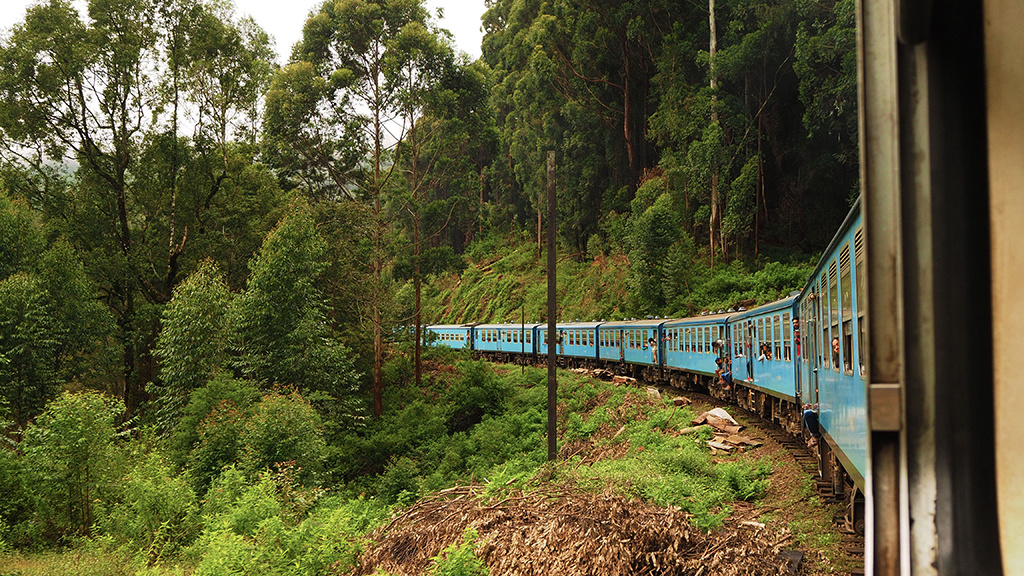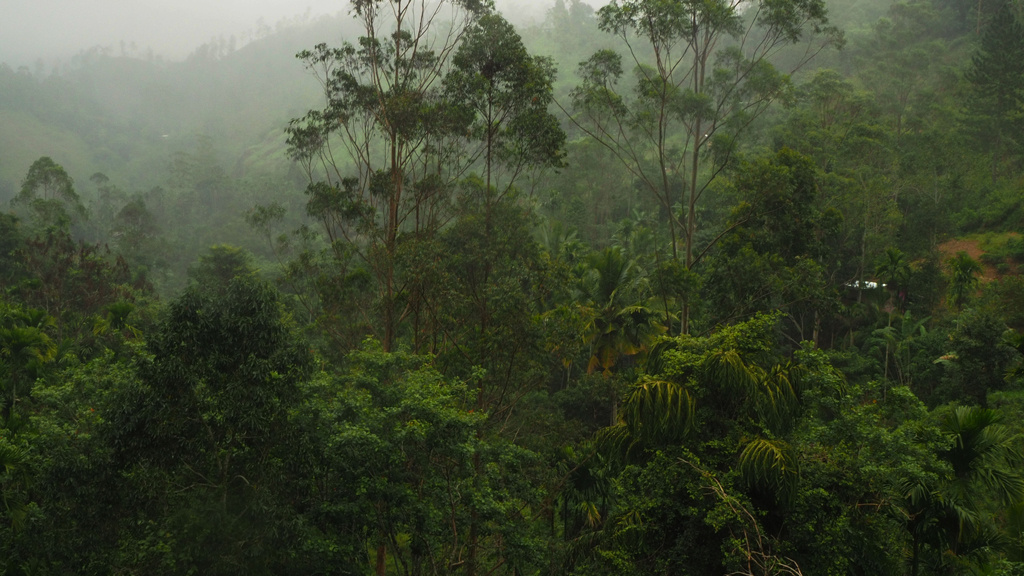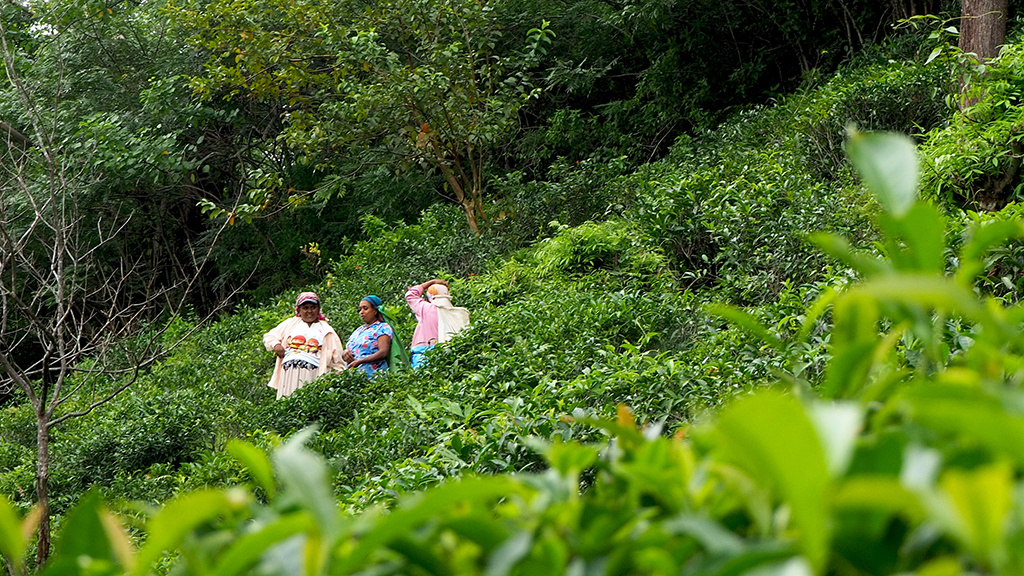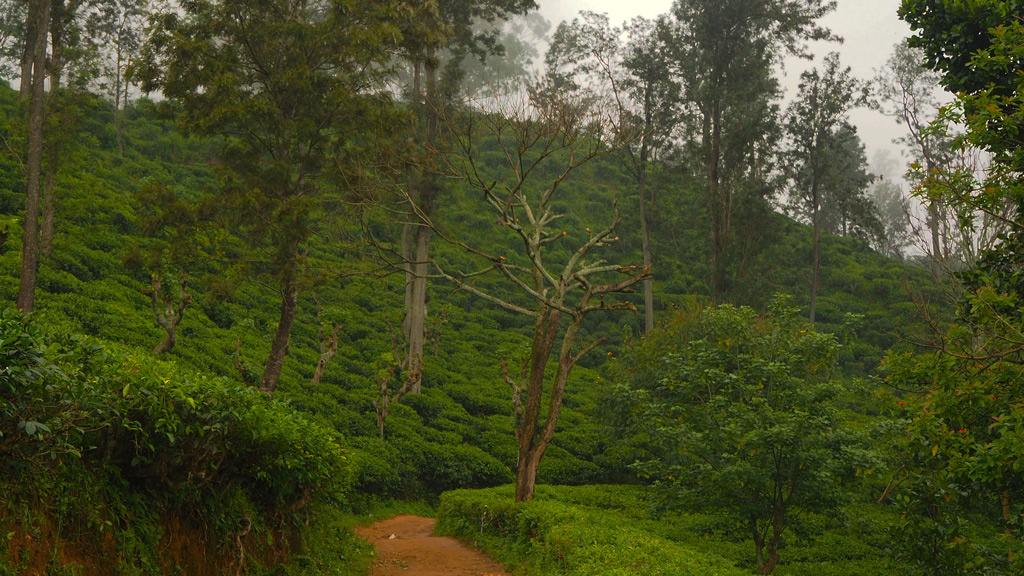Sri Lanka – Misty mountains, honest smiles
’There’s no greater joy than the endlessly changing horizon!’
Teahunting
Finding good teas is always an exciting challenge. Finding the perfect one among old Chinese friends’ samples, and discovering special producers of new regions or countries takes dedication. The main characteristics of high-quality teas are: sourced from high mountains, old trees, organic plantations, and handpicked and hand-produced. Besides these factors, the attention of the producer makes the biggest difference. We tasted several samples where the tea met all these criteria but something was missing. The last step of selecting a new tea for the assortment is to make sure the final price will be reasonable in the Hungarian tea community. Keeping all these challenges in mind I decided to combine our backpacker trip to Asia with teahunting to broaden Zhao Zhou’s tea variety. I’m Tibor, my teahunter story began in Sri Lanka.


Ceylon
Sri Lanka is an island country south of India with a size of 2/3 of Hungary. In spite of its small territory, it has shallow coastal areas, grasslands, high mountain ranges, and highlands. The history of tea production started at the time of British colonization. By the mid-19th century coffee plantations died from infectious plant diseases. A new plant was necessary to replace coffee the main export product of the country when they discovered tea loves the Sri Lankan climate in the high mountains. Thanks to Brit investment more than 200.000 ha tea plantation was founded, which made Sri Lanka one of the biggest tea producers in the world. Nowadays approx. 5% of the population work in the tea industry, where workers receive a really low wage despite high quotas and hard work. The result of this huge industrial production is the well-known filtered CTC teas (crush, tear, curl) available all around the world.
When I read about the Sri Lankan tea history they didn’t mention any handcrafted, quality products. I was shocked. However, after a few days of research, the glow of the pale hope appeared.
Amba Tea Estate
Our tuk-tuk ride from the misty Ella town led to the first sustainable tea plantation in the country. We reached the valley of Ambadandegama after a 40-minute ride on bumpy roads and serpentines, through subtropical jungles. The 50-hectare plantation ran between 1890 and 1970. It was deserted for the next thirty years when a group of international businessmen bought the land to establish sustainable tea plantations supporting local communities. They have organic production, handpicked harvest, and some handcrafted tea. The high mountain climate of Sri Lanka makes it possible to harvest throughout the year, every twelve weeks. They shelter the plantation with Fabaceae trees which can absorb the nitrogen of the air into the soil. To keep the optimal height periodically they hard prune the parcels, after they keep 6 month resting period. The business model of Amba is unique in Sri Lanka as the worker’s salary is three times higher than the average wage of the country and they also receive 10% of the net income. A further specialty of Amba’s model is that one worker does the whole process of a given tea from harvest to the end of manufacturing. This place of calmness gave us two amazing days; we walked among the plantations, admired the rainbows from misty peeks, spent dinner with nice people, and tasted exciting teas. I found my first teahunting truly joyful so I’ll try to keep discovering in the next years.


Our choice
We received the samples early last year and selected two handcrafted teas and one tisane to the assortment.
– Slow-Withered Old bush Green
Green tea from old bushes has the deepness that we know from puerh teas instead of the floweriness which we expect from greens. Tastes like nuts with a bit of smell like squash.
– TGOP
This black tea is also from old bushes. Ripe-tomato-like taste, sweet potato, essential oils, and it goes down with the bitterness of tonic. In the chi, we found smoothness with a sharp feeling. Always use 90 degrees when brewing for the perfect experience.
– Lemongrass
The smell reminds us of the peel of citruses, airiness, and perfumes. There’s an exciting twist of rhubarb in the aftertaste.

Taste and get to know these remarkable teas
For more details on our Ceylon teas and ordering options please follow the links below.


